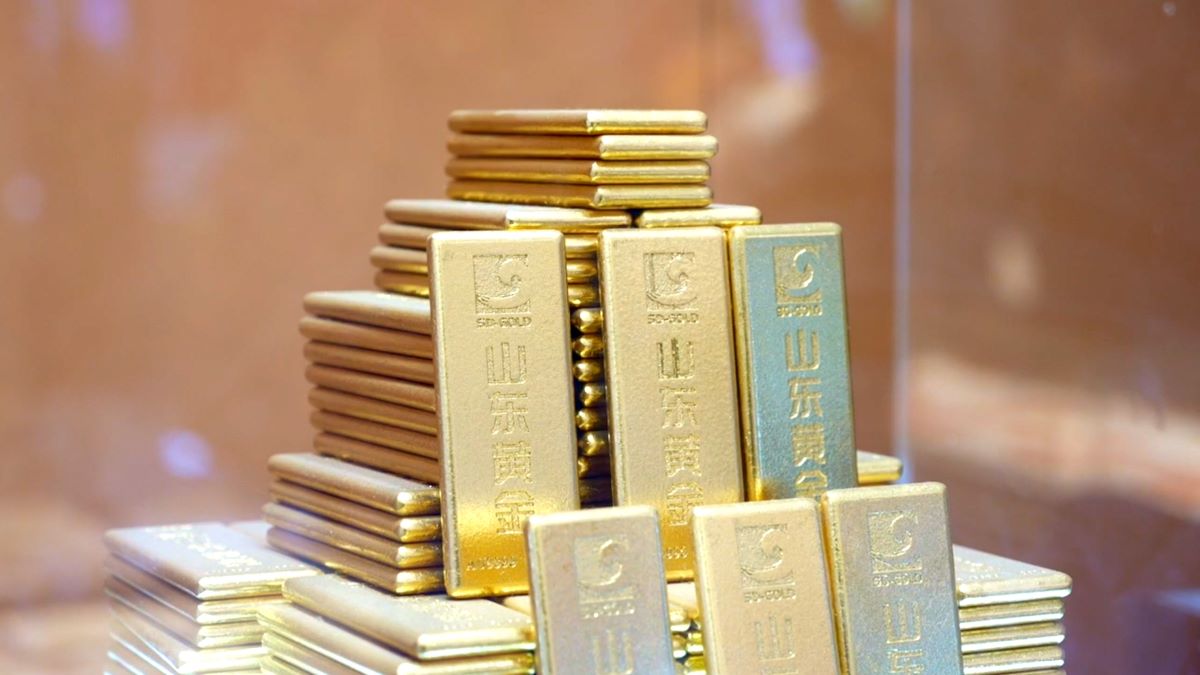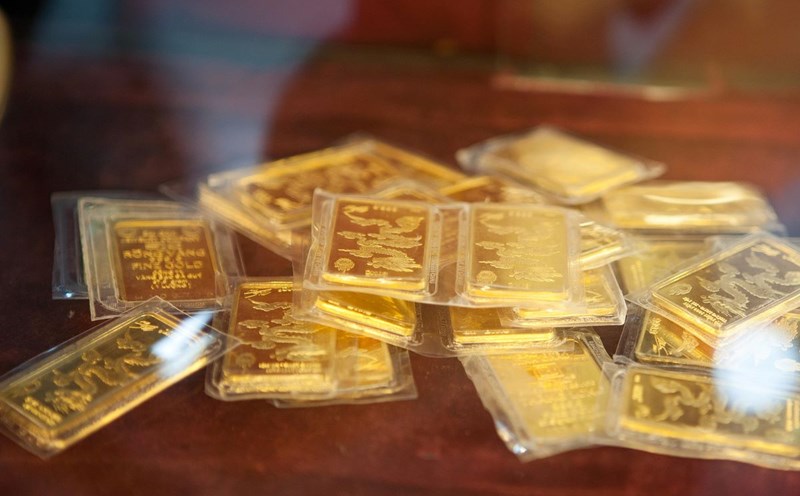On August 30, world gold prices continued to maintain an impressive increase, trading around 3,446.5 USD/ounce in the spot market. This is an unprecedentedly high price zone, reflecting the lasting strength of the precious metal in the context of interest rates, the USD and geopolitical instability all having the same impact.
One of the key factors driving gold prices to escalate is the monetary policy of the US Federal Reserve (Fed). The market is now betting on an 88% chance that the Fed will cut interest rates by 0.25 percentage points in the next session.
The US personal consumption expenditure (PCE) price index for July is forecast to be at 2.6%, which will be key data. If PCE is lower than expected, the possibility of the Fed loosening strongly will be higher, creating further impetus for gold.
The backward relationship between gold and the US dollar continues to be clear. As the greenback strengthens, gold becomes expensive for international investors, and demand decreases. In contrast, a weakening USD immediately boosted gold demand.
In August, there was a time when the USD soared, causing gold to adjust slightly. However, the major trend is still leaning towards the weakening of the greenback, further consolidating the foundation for the precious metal's upward wave.
Not only economic factors, political uncertainty and controversy over the independence of the Fed also make gold a "safe haven". From trade conflicts, tensions in the Middle East to financial system risks, all contribute to enhancing gold's position as an asset protection barrier.

Analysts say that market sentiment plays an equally important role. Even with stable economic indicators, confidence in gold as a last resort remains strong.
On the chart, gold is forming a triangle pattern around the $3,400 mark, often signaling the possibility of a breakthrough when surpassing the $3,450-3,500 resistance zone. If this scenario occurs, the next target could be $3,700-3,735/ounce in the coming months.
Gold price forecasts are clearly differentiated.
RBC Capital Markets expects gold to average $3,722/ounce in the fourth quarter of 2025, reaching $3,813 by 2026.
InvestingHaven has set a gold scenario of $3,500 this year, or even $3,900 in 2026.
HSBC is more cautious, predicting that gold prices could retreat to around $3,215 in 2025 due to cooling demand.
Some extreme views even say that gold could reach $25,000, but most experts see this as an unlikely prospect.
In short, most major organizations agree that gold will maintain its upward trend in the short and medium term, with the new bottom higher than before. By 2030, many forecasts predict that gold could reach the $5,000/ounce mark if the geopolitical and monetary scenario continues to be unstable.
Regarding domestic gold prices, the price of SJC gold bars was listed by Bao Tin Minh Chau at 128.6-130.6 million VND/tael (buy in - sell out).
Bao Tin Minh Chau listed the price of gold rings at 122.4-125.4 million VND/tael (buy in - sell out).











